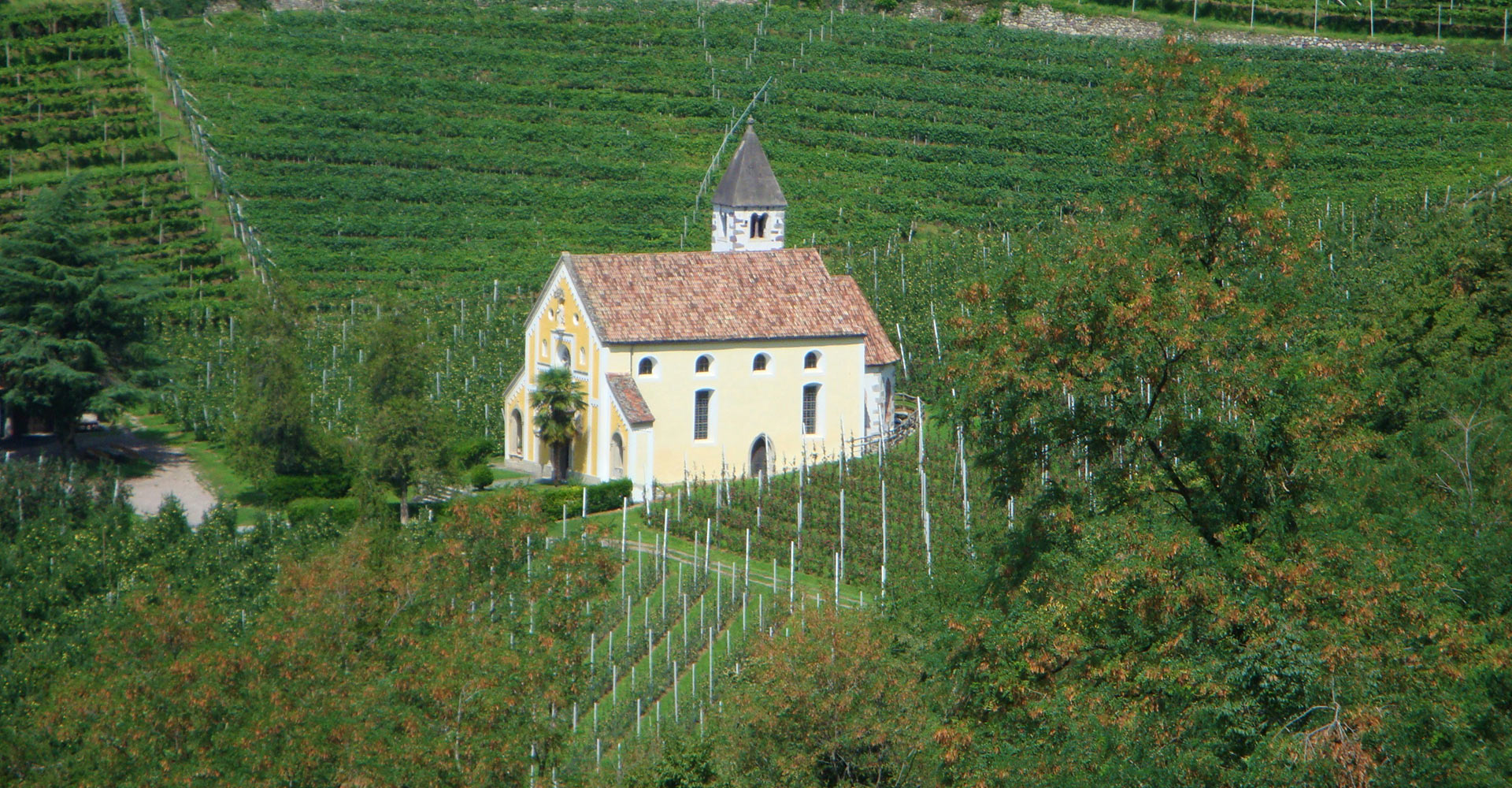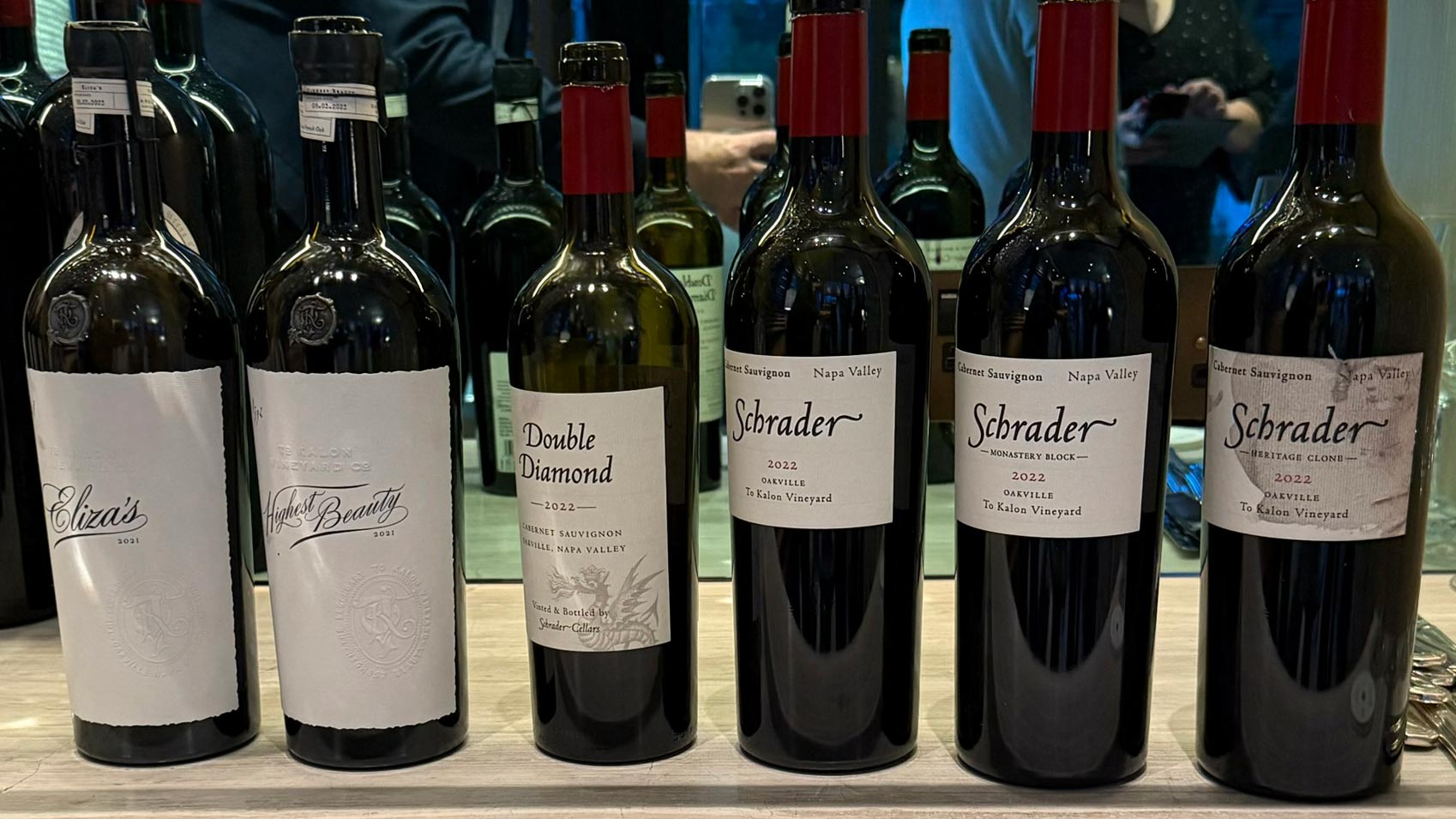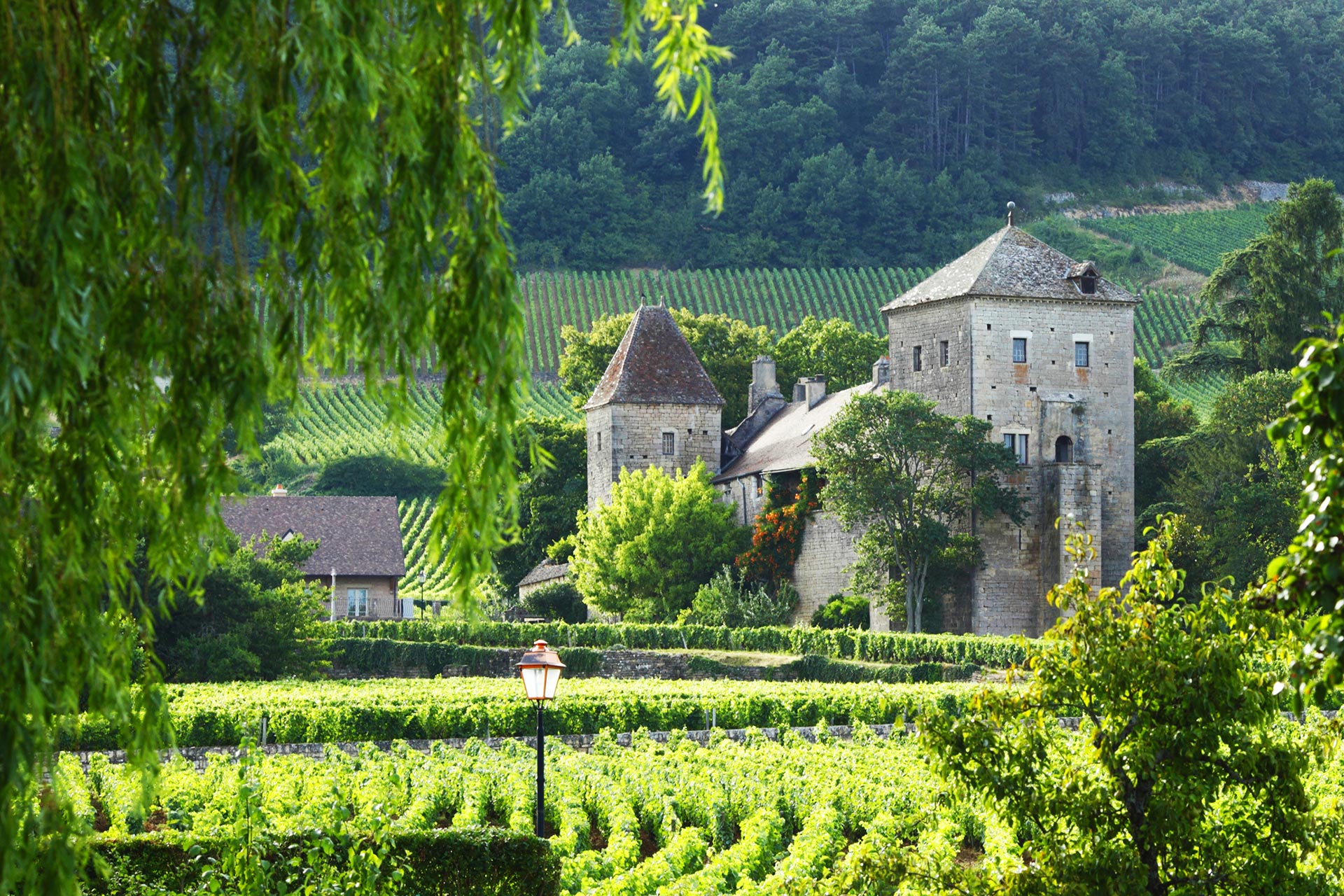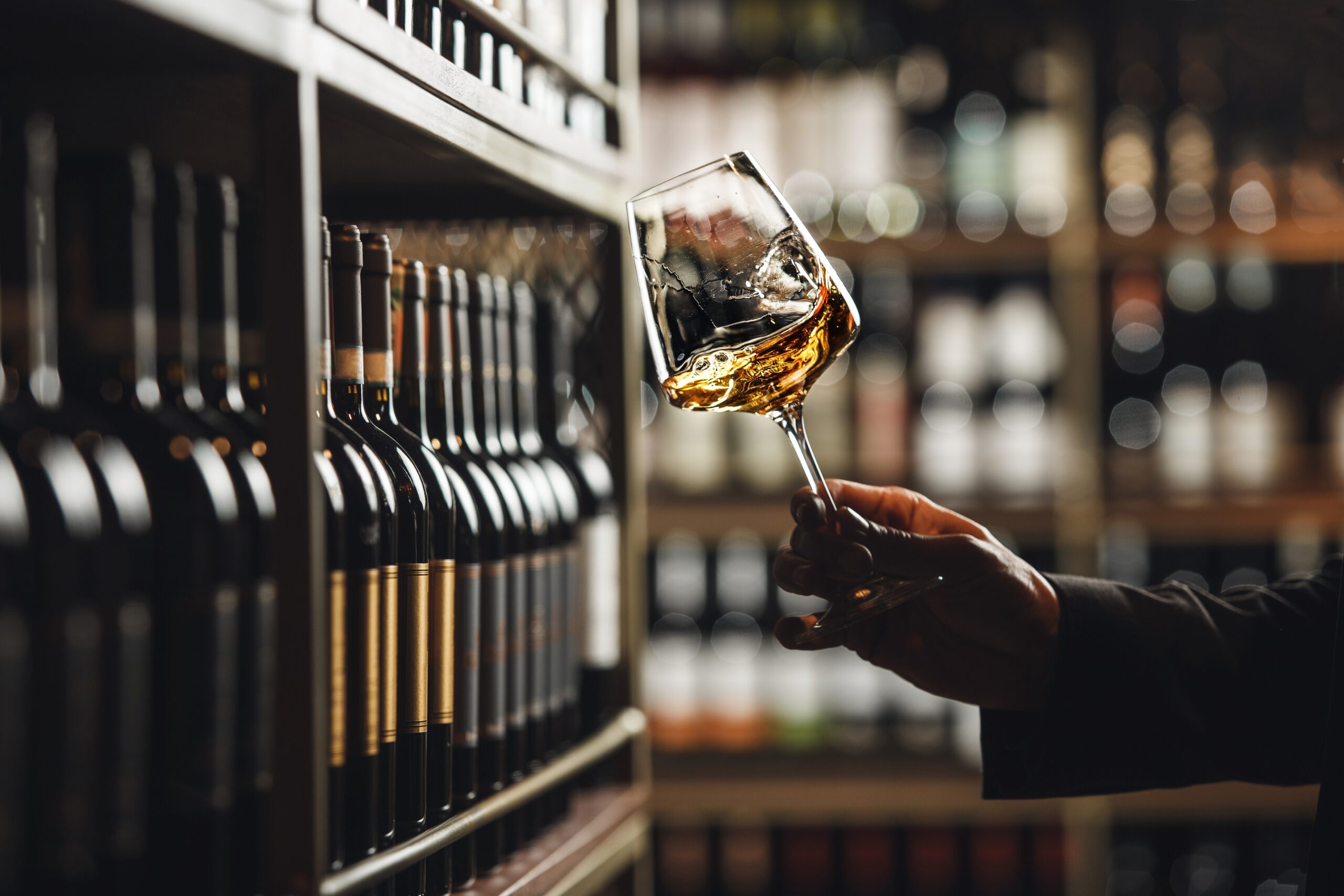A Market That’s Growing Up
For years, English wine has been the toast of the town, its story bottled as one of endless growth, fizzing optimism, and plenty of corks flying. But 2024 poured a cooler glass. Growth hasn’t vanished—it’s just pacing itself, like a guest who’s realised it’s a long dinner party, not a quick drink at the bar. According to WineGB, combined sales of English and Welsh wine grew by just 3% in 2024, compared with a heady 10% in 2023. Not disastrous, but certainly a shift from the “double-digit forever” dream.
The slowdown reflects the broader mood of UK consumers, whose wallets are thinner after years of inflation and rising costs. Wine—let’s be honest—isn’t bread or milk. It’s a treat. And when belts tighten, fizz is often the first thing to go. Yet within this sobering headline lies a more interesting picture of resilience, surprise successes, and strategic pivots.
Flat Fizz and Rising Still
Take English sparkling wine, the crown jewel. Sales in 2024 were identical to 2023 at 6.2 million bottles. Flat, yes—but when Champagne sales dipped in the same period, “flat” suddenly feels more like “steady.” The truth? The novelty wave that fuelled earlier growth has levelled off. Sparkling is now a grown-up category. Success depends less on being “the exciting new thing” and more on pricing power, quality, and brand strength.
Meanwhile, the underdog still wines staged their own coup. Sales grew by 10% to 2.9 million bottles in 2024, thanks to the record-breaking 2023 harvest. That bumper crop delivered an abundance of fruit, and producers wisely channelled much of it into still wines—ready to drink, lower-priced, and spot-on for consumers looking for quality without Champagne-style splurges. English Chardonnay and Bacchus are now the quiet heroes of the shelves.
The Harvest Lottery
Harvests in Britain are essentially a lottery ticket with the weather gods. 2023 was generous, yielding 21.6 million bottles. Chapel Down alone pulled in 3,811 tonnes. Fast forward to 2024, and mildew and rain halved that. Production collapsed to 10.7 million bottles, with Chapel Down down to 1,875 tonnes. The silver lining? Quality remained high, reminiscent of the excellent 2019 vintage. Plus, reserves from 2023 softened the blow. In this industry, “carry stock or carry stress” is the unwritten rule.
The Economics of English Wine
English wine isn’t for the faint-hearted. Planting vineyards costs up to £40,000 a hectare, before you even buy the land. Vines take three years to produce, and several more to make a return. Add to that the UK’s punitive tax regime—£2.67 duty per 75cl bottle, plus 20% VAT—and you start to see why there’s an old joke: to make a million from a vineyard, start with four. On a £6.31 bottle of wine, only 29p pays for the liquid itself; the rest is swallowed by duty, VAT, packaging, and margins. No wonder producers have little interest in competing at entry level. Premiumisation isn’t a buzzword here—it’s survival.
Beyond the Bottle: Tourism and Consumers
That’s where wine tourism and direct-to-consumer sales come in. Visitor numbers to UK wineries jumped 55% between 2022 and 2024, and for some, tourism now makes up a quarter of their income. The cellar door isn’t just a nice extra; it’s the business model. Sell directly, tell your story, pour the wine yourself—and you pocket better margins while winning lifelong fans.
Consumer tastes are evolving too. They’re drinking less, but better. They care about sustainability and eco-friendly packaging. They’re exploring low- and no-alcohol options. And, like everything else, wine is shifting online. If you can’t meet your drinker in the vineyard, you’d better meet them in their inbox.
Chapel Down’s Pivot
All of this set the stage for Chapel Down’s high-profile pivot. As the UK’s largest, and only listed, wine producer, it’s often treated as a weather vane for the whole sector. In 2024, the company’s net sales revenue slipped 5% to £16.35 million. Gross profit fell 11%. Adjusted EBITDA slumped by 58% to £2.42 million. Net debt ballooned from £1.24 million in 2023 to £9.16 million in 2024, and £11.3 million by mid-2025. None of this came from a collapse in consumer demand. Sparkling sales actually grew 4% at the checkout. The pain came from inflation hitting input costs, a poor harvest forcing accounting write-downs, and a shift in sales mix towards lower-margin still wines.
Against that backdrop, Chapel Down pulled the plug on a planned £32 million winery near Canterbury in September 2025. On paper, it looked like retreat. In reality, it was sound judgement. With debt climbing and the sparkling category no longer in hypergrowth, splashing out on a vanity winery would have been madness. The focus is now on sweating the assets at Tenterden and getting a better return on recent vineyard plantings.
This wasn’t the first note of caution either. In late 2024, Chapel Down abandoned a strategic review that had explored selling the business, deciding no deal would deliver better long-term value than staying independent. It was the start of a mindset shift: from “growth at any cost” to “growth that pays its way.”
Future Forecast: Friend and Foe
Looking ahead, the picture is as complex as a good Bordeaux blend. Climate change is both friend and foe. Warmer average temperatures have made the UK a haven for Champagne varieties, but volatility—frosts, heatwaves, rainy harvests—makes production erratic. Vineyard acreage is forecast to double to 8,500 hectares by 2035, but unless demand keeps pace, oversupply looms. Export growth, particularly to the US and Scandinavia, will be essential to keep the shelves clear and prices firm.
And then there’s regulation and geopolitics. Duty hikes, new packaging rules, and the ever-present threat of tariffs all add to the uncertainty. Even the industry’s PDO system—celebrated for emphasising terroir—could become a headache if localised climate disasters leave producers unable to source grapes from outside their county.
From Sprint to Marathon
So, is English wine in decline? Hardly. It’s just grown up. The industry is moving from a breathless sprint to a steady marathon, where strategy matters as much as soil. The fizz may have levelled off, but the still wines are stepping up. The big producers are swapping ambition-fuelled debt binges for prudence. And the future will be written not only in the vineyards, but in balance sheets, cellar doors, and export markets.
English wine has proved it can make bottles that rival the world’s best. Now it has to prove it can build businesses to match. Cheers to that.
Photo by Mathias Katz on Unsplash



